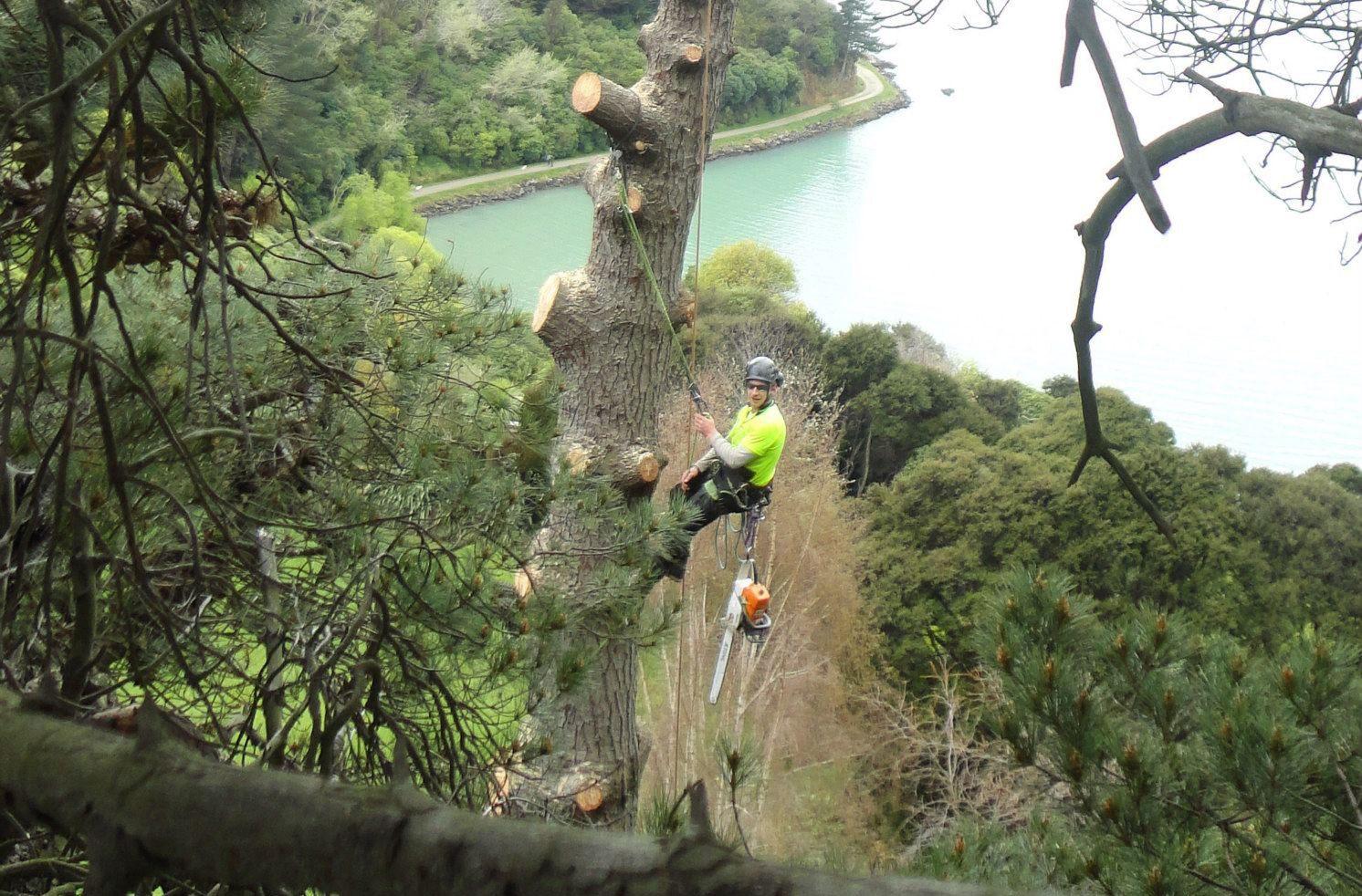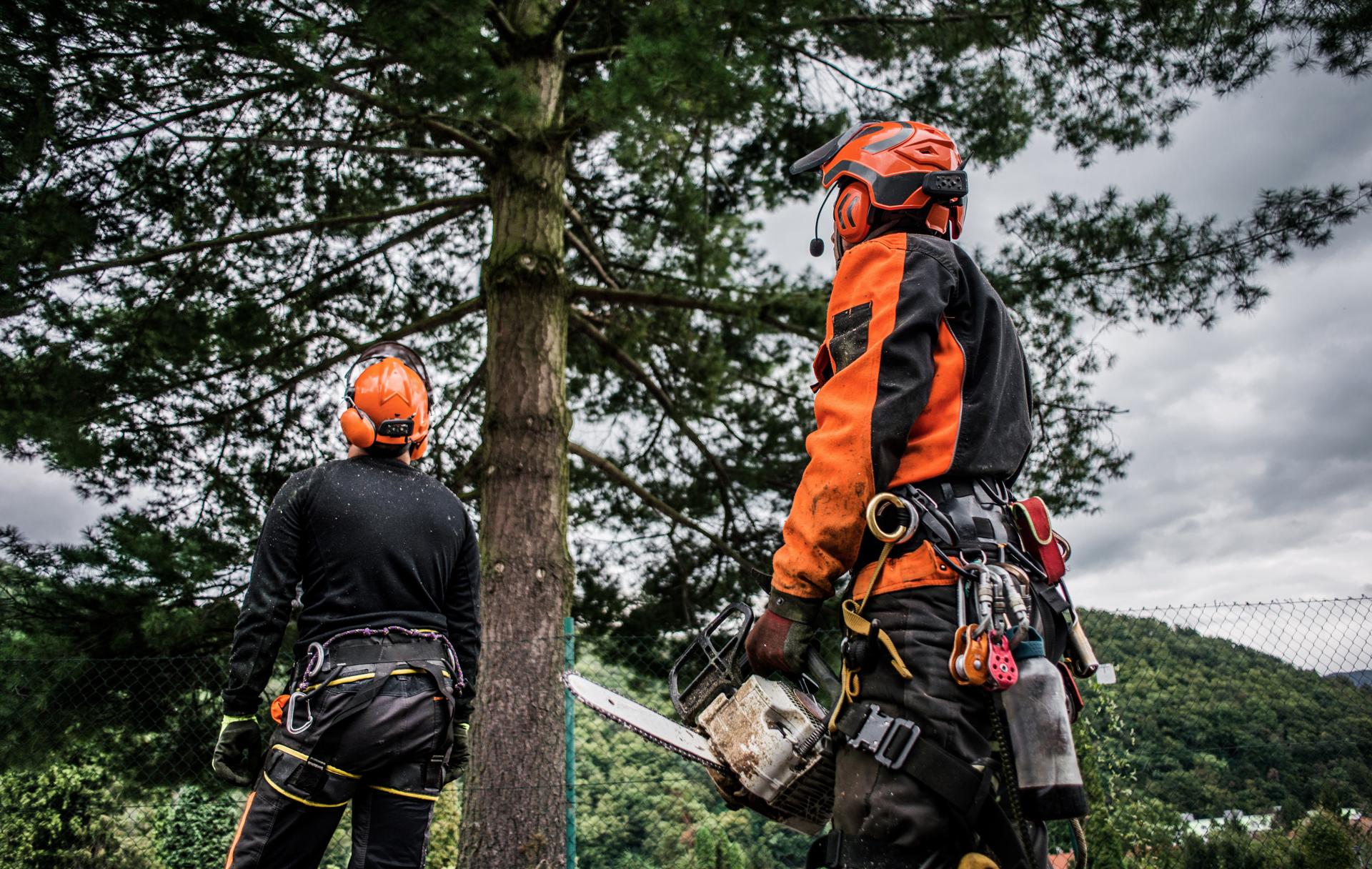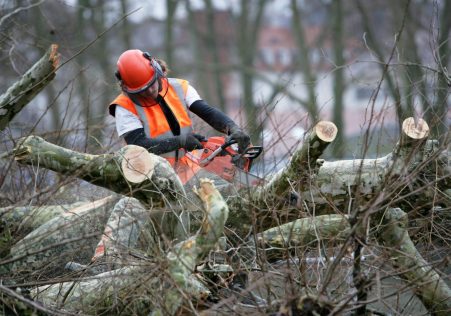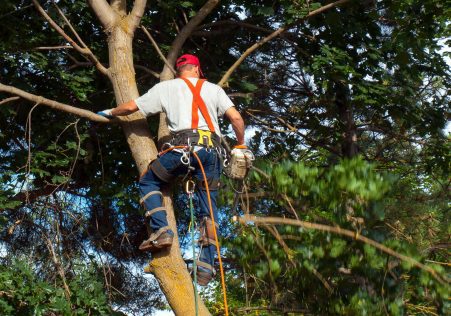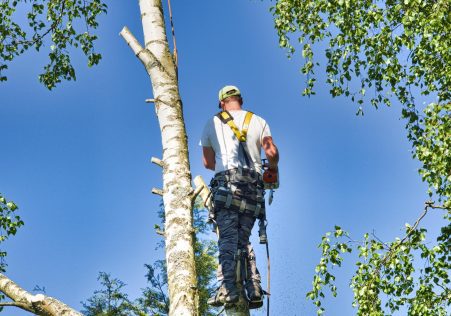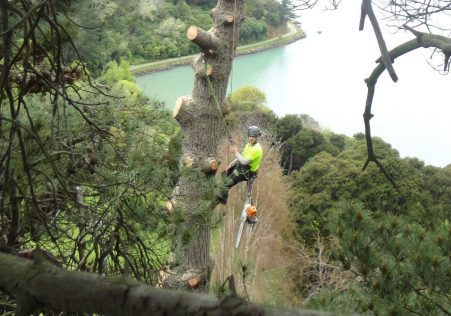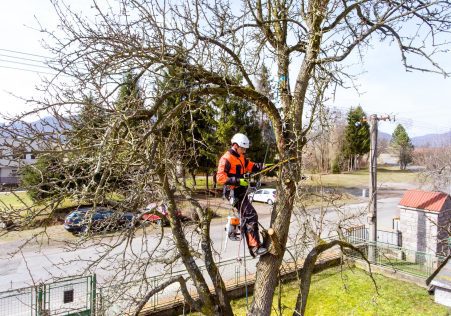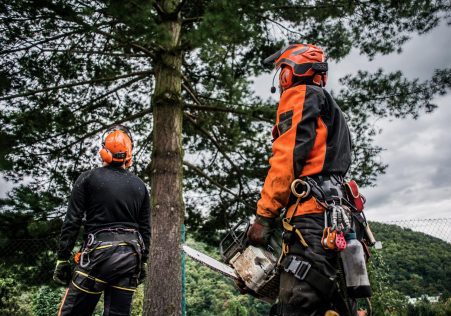What is the definition of a tree that should be protected and how to find out
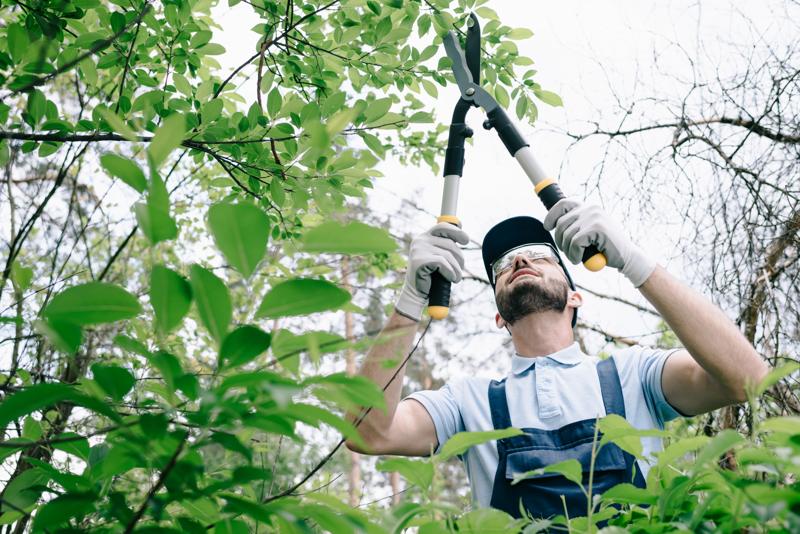
Trees play a crucial contribution to our ecosystem by providing shade, fresh air and aesthetic value to our surroundings. However they are not all alike and some have additional protection status, making it illegal to perform any work without permission. If you are considering having a tree removed, it’s essential to understand the protection status of the tree you’re considering, and what steps you’ll need to take to comply with the laws. This article we’ll help you understand the steps to determine if a tree is secured and the steps you will need to do to ensure you are acting within the law.
What exactly is a tree that is protected?
A protected tree can be subject to specific laws and regulations and it is unlawful to carry out work on a protected tree without the required permissions. There are two kinds of protection that trees may have - preservation and protection orders that are statutory.
Legal protection
Under the law trees are protected under laws and under the control of Tree Preservation Orders (TPOs). TPOs are put in place by local authorities to protect trees with a significant public value and ensure they are not destroyed or damaged.
Preservation orders
Preservation orders are like TPOs in that they are issued by the Secretary of State for the Environment. Trees with preservation orders are considered to be of exceptional worth and are therefore protected from any work, including the felling.
How do I know when a tree is in danger?
To determine whether a tree is protected, you must to determine if the tree is under an TPO or preservation orders. This can be accomplished by contacting your authorities in your area and asking them look up for records.
TPO search
To search for a TPO, you can contact the Tree or Woodland Official at the local authority. They will inform you whether the tree is protected. They’ll also be able to advise you on the next steps you should do if your tree is in a protected area.
Preservation order search
If you are looking for a preservation permit, you’ll need to call secretary of state for Environment. They will determine whether the tree is in the protected zone and will provide the necessary information and guidance.
FAQs:
What happens if I conduct work on a protected tree without permission?
If you work on a protected tree without obtaining the necessary permits, you could be facing significant fines, and possibly even jail time.
Can I appeal a TPO and/or preservation order?
Yes, you are able to appeal a TPO or preservation decision if you feel it is unjustified. However, you will need to prove your case and show why the TPO or order to preserve isn’t necessary.
Can I take down a protected tree?
It is unlawful to take down trees that are protected without the required permissions. If you need the tree to be removed, you will need to request permission and submit evidence to support your case.
Conclusion
To conclude, knowing if a tree is protected is a crucial aspect in ensuring that any tree work carried out legally. By understanding the different types of protection and how to check for them, you can ensure that you’re following the law and protecting the trees in your care. If you’re unsure of the nature of the protection of a tree, we recommend seeking professional advice from an experienced tree expert, such as Wollongong Tree Removal. Our experienced arborists will be able to inform you on the protection status of your trees and walk you through the steps to make sure you’re following the laws. With our knowledge and dedication to providing top-quality tree care, we can help you keep the beauty and value for your tree. Contact us now at 02 4203 3595 to schedule a consultation and let us help you keep your trees safe and healthy.

